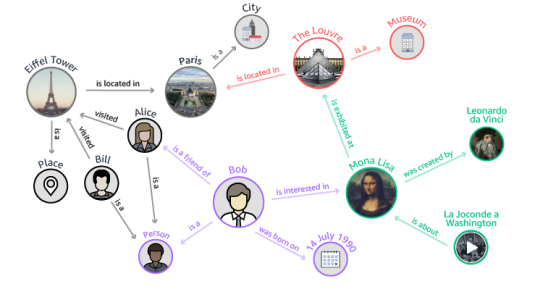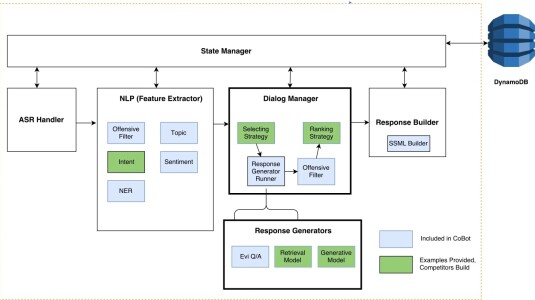-
ACM SIGSPATIAL 2022 1st International Workshop on Spatial Big Data and AI for Industrial Applications2022Building numbers shown on building outlines of a map are important information for guiding delivery associates to the correct building of a package’s recipient. Intuitively, the more labeled buildings are present in our map, the less likely to misplace an order in addition to other benefits such as delivery efficiency as drivers get better visual cues about building positions. Although there are free and
-
Transactions on Machine Learning Research2022Recent years have witnessed a surge of successful applications of machine reading comprehension. Of central importance to these tasks is the availability of massive amount of labeled data, which facilitates training of large-scale neural networks. However, in many real-world problems, annotated data are expensive to gather not only because of time cost and budget, but also of certain domain-specific restrictions
-
NeurIPS 2022 Workshop on All Things Attention: Bridging Different Perspectives on Attention2022Transformer-based models have gained large popularity and demonstrated promising results in long-term time-series forecasting in recent years. In addition to learning attention in time domain, recent works also explore learning attention in frequency domains (e.g., Fourier domain, wavelet domain), given that seasonal patterns can be better captured in these domains. In this work, we seek to understand the
-
NeurIPS 2022 Workshop on Machine Learning for Structural Biology2022Representation learning for proteins is an emerging area in geometric deep learning. Recent works have factored in both the relational (atomic bonds) and the geometric aspects (atomic positions) of the task, notably bringing together graph neural networks (GNNs) with neural networks for point clouds. The equivariances and invariances to geometric transformations (group actions such as rotations and translations
-
NeurIPS 2022 Workshop on Self-Supervised Learning - Theory and Practice2022Recent methods in self-supervised learning have demonstrated that masking-based pretext tasks extend beyond NLP, serving as useful pretraining objectives in computer vision. However, existing approaches apply random or ad hoc masking strategies that limit the difficulty of the reconstruction task and, consequently, the strength of the learnt representations. We improve upon current state-of-the-art work
Related content
-
April 1, 2019The idea of using arrays of microphones to improve automatic speech recognition (ASR) is decades old. The acoustic signal generated by a sound source reaches multiple microphones with different time delays. This information can be used to create virtual directivity, emphasizing a sound arriving from a direction of interest and diminishing signals coming from other directions. In voice recognition, one of the more popular methods for doing this is known as “beamforming”.
-
March 21, 2019Sentiment analysis is the attempt, computationally, to determine from someone’s words how he or she feels about something. It has a host of applications, in market research, media analysis, customer service, and product recommendation, among other things. Sentiment classifiers are typically machine learning systems, and any given application of sentiment analysis may suffer from a lack of annotated data for training purposes.
-
March 20, 2019Although deep neural networks have enabled accurate large-vocabulary speech recognition, training them requires thousands of hours of transcribed data, which is time-consuming and expensive to collect. So Amazon scientists have been investigating techniques that will let Alexa learn with minimal human involvement, techniques that fall in the categories of unsupervised and semi-supervised learning.
-
March 11, 2019In experiments involving sound recognition, technique reduces error rate by 15% to 30%.
-
March 5, 2019The 2018 Alexa Prize featured eight student teams from four countries, each of which adopted distinctive approaches to some of the central technical questions in conversational AI. We survey those approaches in a paper we released late last year, and the teams themselves go into even greater detail in the papers they submitted to the latest Alexa Prize Proceedings. Here, we touch on just a few of the teams’ innovations.
-
February 27, 2019To ensure that Alexa Prize contestants can concentrate on dialogue systems — the core technology of socialbots — Amazon scientists and engineers built a set of machine learning modules that handle fundamental conversational tasks and a development environment that lets contestants easily mix and match existing modules with those of their own design.



















